|
I lead a number Dyker Heights holiday lights tour each season: a bus tour or two, one or two large group walking tours, and several smaller group tours, using a limo or public transit. For the first time, last night, a client booked me for Christmas Eve.
The three were a lot of fun, and open to seeing more: I told them that we could go there directly, but if they had the time/inclination, we should make a few stops and see more on the way. So, after meeting in Manhattan, we went first to DUMBO, and walked around there and then Brooklyn Heights. We took the subway to Brooklyn's Chinatown in Sunset Park, which was buzzing, as expected. We had an astoundingly inexpensive quick dinner at the estimable Yun Nan Flavour Garden. Then a quick bus ride to Borough Park, home to Brooklyn's largest Orthodox/Hasidic Jewish population, which bustled, unfazed by Christmas Eve. Then a short subway ride to the edge of Dyker, and a walk to the first set of highlights. Then a quick bus ride, and a stop at the fantastic, frenetic but still open Tasty Pastry. Then we walked through the heart of the Dyker lights, and it was mobbed, even without the regular bus tour groups. I and others had wondered: would any of the lights be off on Christmas Eve? Answer: I noticed two houses with major installations that were off, but that detracted only very slightly from the overall experience. Interestingly enough, a large number of the visitors were Chinese (likely Buddhist?) and Muslim (women in headscarves; families could be Middle Eastern or Bangladeshi). That makes sense; more traditional Christmas celebrants would be in church or at home. But it just goes to show how the Dyker Lights are a very ecumenical attraction. (OK, no Orthodox Jews in attendance.) We caught a quick bus to Bay Ridge and took the subway back north. A very well-spent five hours! For the record: four subway trips (plus two internal transfers), three bus rides, and some very good transit karma, with short waits for nearly all. But only four total fares, given free transfers.
0 Comments
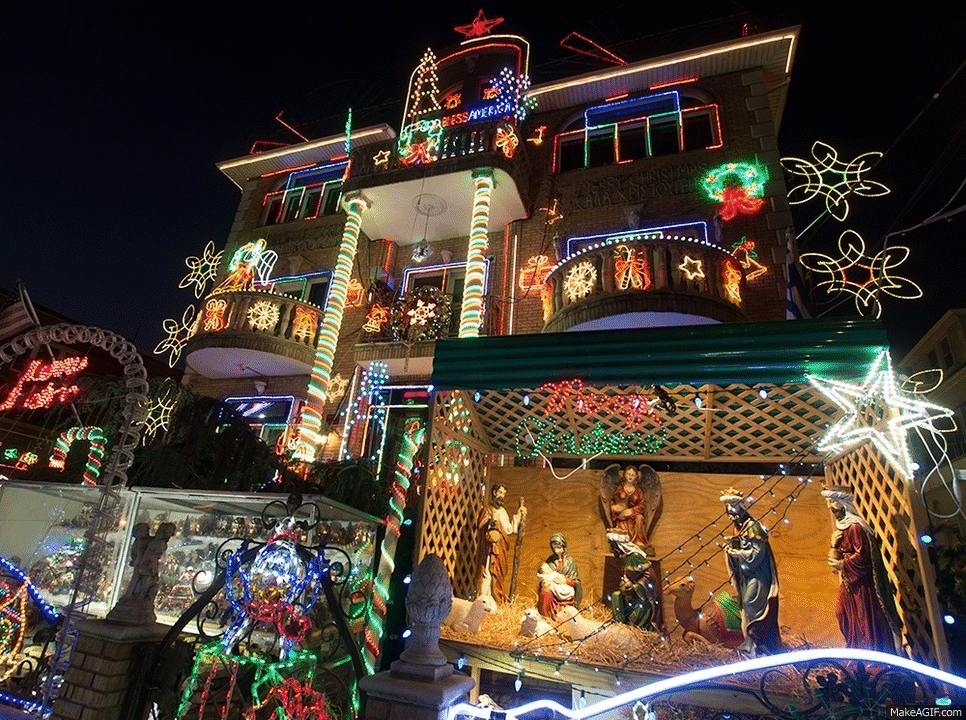 They're real, and they're spectacular. Above is a gif, below, a still photo. For more, see my Dyker Heights tour page.
I shot both these videos tonight, which means, yes, the holiday season is in full swing. Even if not all the lights and displays are up--I estimate it at 60-75% of full strength--it's still a great visit, especially given the absence of crowds.
Yes, we stop outside the above house on pretty much all my Dyker Heights tours. As to the house below, well, we'll stop by on some tours. 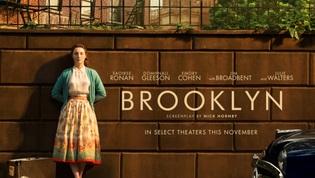 I recently saw the touching film Brooklyn, directed by John Crowley, based on the novel by Colm Toibin. Yes, it's primarily a portrait of the challenges a young woman from Ireland faced in truly leaving home and family, and finding her path in New York City, not without some twists and complications. (And see Richard Brody's critical review, in which he observes, "But if Brooklyn greenwashes Ireland, it utterly sanitizes Brooklyn.") But what was astounding, for contemporary observers of the borough, is that the boardinghouse that young Eilis Lacey lived in was a brownstone on Clinton Street. (Google Books tells me no address is listed, and Clinton Street is mentioned exactly twice.) Clinton Street today runs from Carroll Gardens through Cobble Hill, then across Atlantic Avenue into Brooklyn Heights. Presumably Eilis and her beau Tony were walking around the part that today is called Carroll Gardens but back then was just undifferentiated "South Brooklyn," before new residents and the real estate industry pushed for new names. Back then, it was a working-class zone. Today, those brownstones are very, very precious. By the way, according to a Crowley interview with Deadline Hollywood, they shot for exactly one day in the brownstone district and one day in Coney Island, with the rest of the shoot in Montreal to save money! Here's another relevant Crowley quote, from Brooklyn magazine: "Modern-day Brooklyn is so different from 50s Brooklyn that the art department budget would be astronomical." It's a crude shorthand, I know, for the complicated phenomenon of gentrification that involves people's homes and businesses and lives, an issue that comes up in most of my tours.
But... the three clearest signs of retail gentrification, I like to say, involve expensive coffee (well beyond Starbucks), yoga/Pilates, and dog grooming/doggy day care. And it just so happens the field of dog-related services lends itself to puns (as does the human hair salon business, I'm reminded). Below are (and the list will grow) some notable examples:
Nominations welcome. Please note: I have nothing against these establishments! But they do provoke chuckles. |
Touring Brooklyn BlogObservations and ephemera related to my tours and Brooklyn. Comments and questions are welcome--and moderated. Archives
April 2024
Categories
All
|
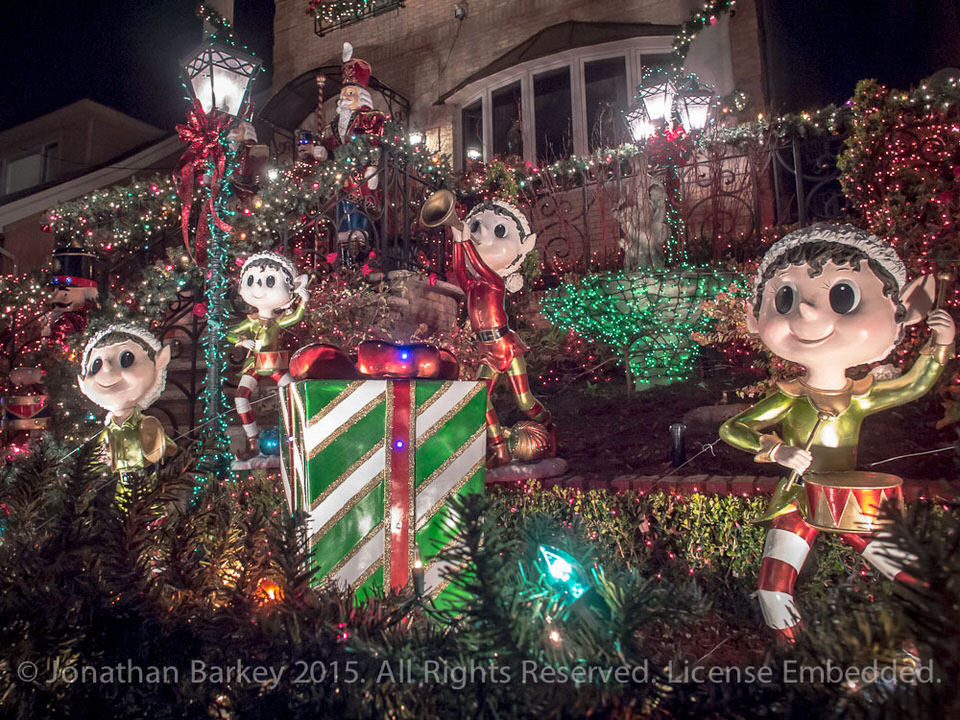
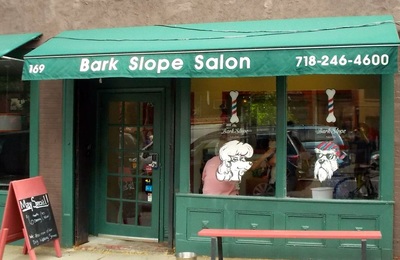
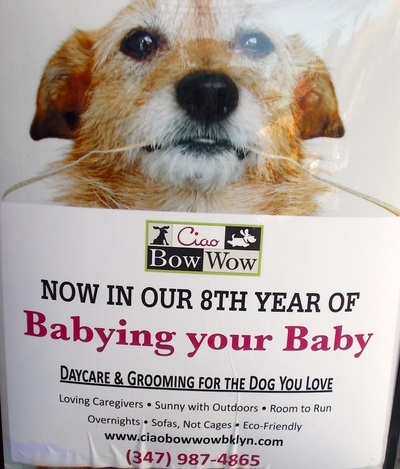

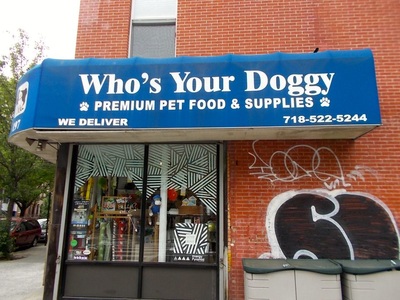
 RSS Feed
RSS Feed